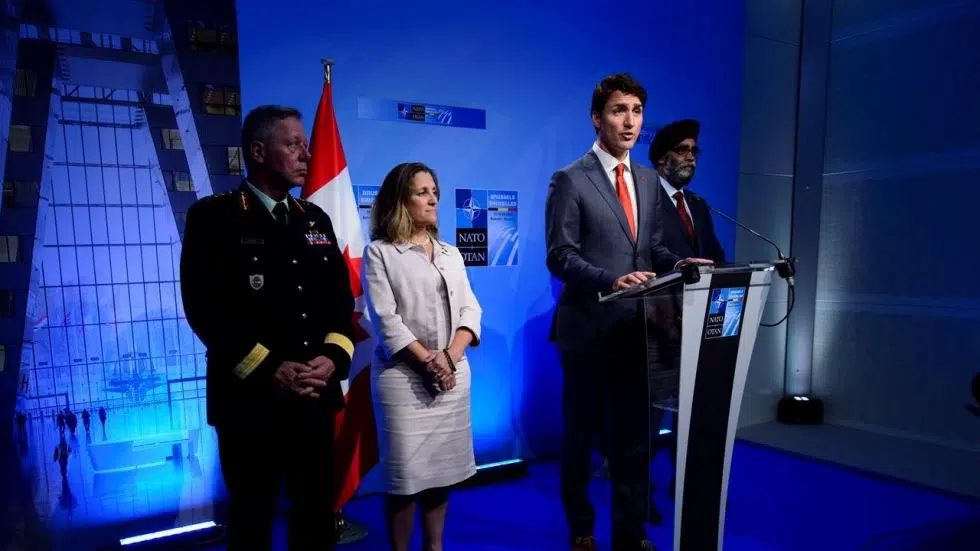
Canada’s contribution to NATO
DURING PRESIDENT TRUMP’S Alternate Truth tour of Europe, he scolded NATO countries:
“Many countries are not paying what they should. And, frankly, many countries owe us a tremendous amount of money for many years back, where they’re delinquent, as far as I’m concerned, because the United States has had to pay for them.”
In the real world, NATO countries don’t owe the United States a cent. Members contribute to the organization for mutual protection. Trump is confusing what he thinks is a debt with the goal of increased spending to two per cent of GDP by 2024.
The United States spends almost four per cent of its GDP on NATO as a matter of choice. Former U.S. ambassador to NATO Ivo Daalder says:


